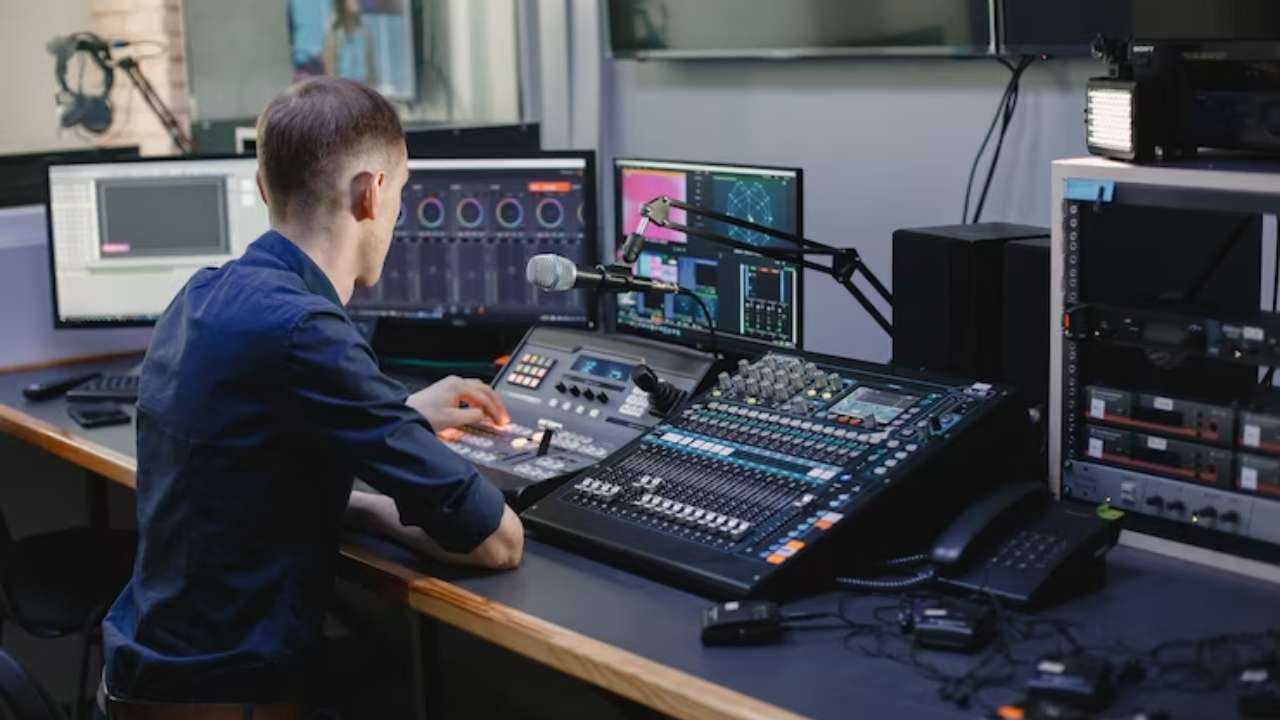Revolutionizing Broadcasting through Innovative Sound over IP Solutions for a Integrated Tomorrow
Revolutionizing Broadcasting through Innovative Sound over IP Solutions for a Integrated Tomorrow
Blog Article
This realm of broadcasting is undergoing a significant shift due to cutting-edge sound over IP (AoIP) technologies. Such developments are changing the way audio content is produced, delivered, and consumed. Audio over IP is defined as the method of transmitting audio signals over a digital network, using Internet Protocol (IP) rather than traditional analog techniques. This transition not only enhances the standard of audio transmission but also provides media professionals with greater flexibility and control over their content.
One key benefit of audio over IP technology is its ability to link various devices and technologies efficiently. Traditional broadcasting often depended on complex cabling and tangible connections, which could be burdensome and limited. With AoIP, broadcasters can easily connect mics, mixers, and additional devices through a common infrastructure. This convergence allows for remote broadcasting and live transmissions from virtually any location, making it simpler to reach audiences across the globe. As a consequence, broadcasters can respond quickly to ongoing events and audience requests, leading to more dynamic and captivating content.
Additionally, AoIP systems supports superior audio formats that enhance the listening encounter. Unlike conventional broadcasting methods, which may compromise sound quality, audio over IP can preserve the purity of the audio stream throughout the delivery process. This implies that audiences can enjoy crisper and more detailed sound, regardless of whether they are listening in via radio, broadcasting online, or employing portable devices. The ability to provide premium audio is particularly important for music and discussion programs, continue reading this where every detail matters to the listeners.
Moreover, the implementation of audio over IP systems can lead to cost savings for media companies. By using existing network systems, organizations can eliminate the need for costly hardware and extensive cabling. This not only reduces upfront costs but also decreases maintenance expenses over time. Media firms can distribute resources more effectively, investing in content creation and human resources development. As a consequence, the entire media industry can benefit from increased creativity and creativity, as funds are redirected toward enhancing programming and engaging with listeners.
In summary, the shift towards audio over IP systems is transforming the broadcasting landscape. By enabling smooth links, enhancing audio standards, and reducing costs, AoIP is paving the way for a more integrated future in media. As media organizations continue to adjust to these developments, they will be more prepared to satisfy the needs of their audiences, create compelling content, and remain competitive in an constantly changing industry. The prospects of broadcasting is promising, and audio over IP will take a key role in defining how we experience audio programming in the years to follow.